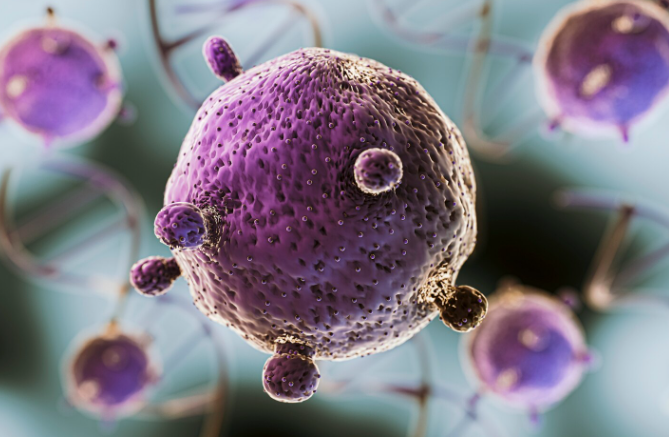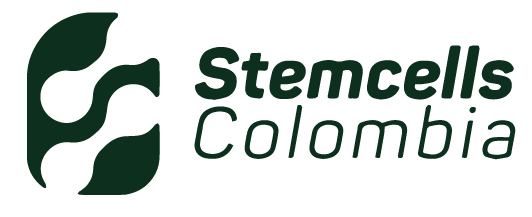Recovering from surgery is a journey that requires patience, medical care, and time. For many patients, the process is not always straightforward: swelling, pain, slow tissue repair, and the risk of scarring or complications can make healing frustrating. This is where stem cell therapy is emerging as a complementary approach. By enhancing the body’s natural repair systems, stem cells offer a way to accelerate healing, improve outcomes, and restore function more effectively after surgery.
Why Healing After Surgery Can Be Challenging
Every surgery, whether orthopedic, reconstructive, or cosmetic, places stress on the body. The incision itself must heal, and the surrounding tissues often suffer from reduced circulation and inflammation. In some cases, patients may also face:
- Delayed wound closure due to poor blood flow.
- Persistent swelling and pain that slow rehabilitation.
- Scar tissue formation that limits flexibility.
- Underlying conditions like diabetes that complicate healing.
While medication, physical therapy, and careful wound care remain essential, stem cells can provide an additional layer of support.
How Stem Cells Work in Surgical Recovery
Stem cells are unique because they can differentiate into various types of tissue and release growth factors that stimulate repair. When introduced into the body after surgery, they:
- Promote angiogenesis, or the formation of new blood vessels, which improves circulation in the healing area.
- Stimulate fibroblasts and collagen production, essential for strong and aesthetic scars.
- Reduce inflammation, easing pain and swelling.
- Enhance immune response, helping to prevent infection.
The overall result is a more efficient healing process, where wounds close faster and tissues recover their function more completely.
Orthopedic Surgeries: Supporting Joints and Bones
Patients recovering from orthopedic procedures—such as knee replacements, spinal surgeries, or ligament repairs—often face long rehabilitation. Stem cells can help by reducing inflammation in the joint, encouraging bone healing, and improving mobility during physical therapy. For some patients, this means returning to daily life and physical activity sooner.
This regenerative effect also overlaps with the benefits described in our article From Injury to Recovery: Real-Life Applications of Stem Cell Therapy, where sports injuries and joint conditions were explored as key fields of application.
Reconstructive and Plastic Surgeries
In reconstructive or plastic surgery, the quality of the scar and the speed of recovery are critical. Stem cells support these goals by stimulating collagen production and improving skin texture. Patients often notice that scars are less rigid and more aesthetically pleasing when regenerative therapies are included in their recovery plan.
Post-Surgical Pain and Inflammation
One of the most difficult aspects of surgical recovery is managing pain. While medication is often necessary, stem cells can reduce inflammation at the tissue level, easing discomfort without the side effects of long-term drug use. This makes them an attractive option for patients seeking natural pain relief.
Complementary, Not a Replacement
Stem cell therapy is not meant to replace traditional post-surgical care but to enhance it. Wound cleaning, medication, and rehabilitation remain essential, but regenerative medicine helps the body respond more effectively. This integrated approach ensures safer and faster recovery.
In our article Stem Cells vs. Traditional Treatments: What’s the Difference? we compared how conventional and regenerative therapies address different needs. Post-surgical healing is one area where combining both can deliver the strongest outcomes.
What Patients Can Expect
A stem cell procedure after surgery is usually outpatient. Depending on the case, cells are collected from the patient (through bone marrow or fat tissue) or come from donated sources. They are then processed and injected into the area of concern. Patients typically resume daily activities quickly, but the regenerative effects unfold over weeks to months as tissue remodeling takes place.
As research expands, stem cells are being studied not only for orthopedic or reconstructive surgeries but also for cardiovascular and neurological procedures. The potential is vast: shorter hospital stays, fewer complications, and better quality of life after surgery.
At Dr. Diego Hernández’s medical center, we integrate stem cell therapy into post-surgery recovery plans to help patients heal faster and with fewer complications. Our team carefully evaluates each case to design safe and effective regenerative protocols. We are located at Cl. 7 Sur #42-70, Office 1211 – Forum – Poblado, Medellín. For more information or to schedule a consultation, contact us at (+57) 311 797 0832 or write to info@drdiegohernandez.com.co. Let us help you recover not only quicker but also stronger.




